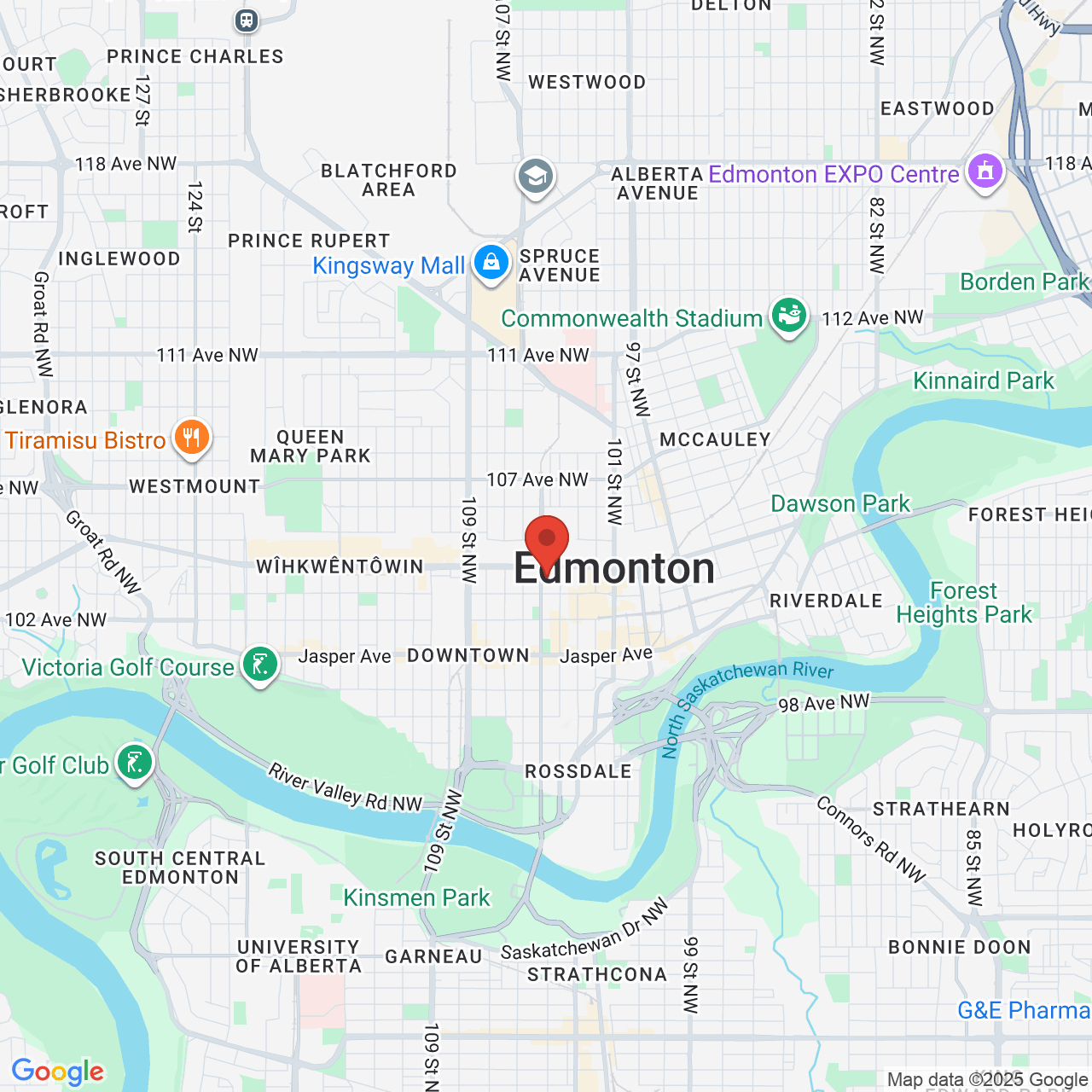What is Root Canal Therapy?
 Many people have heard of root canals before, though they tend to have a flawed understanding of what a root canal is and what it involves. That is understandable since there is a lot of misinformation about it in pop culture and on the internet.
Many people have heard of root canals before, though they tend to have a flawed understanding of what a root canal is and what it involves. That is understandable since there is a lot of misinformation about it in pop culture and on the internet.
When you stop by our dental practice, we will be able to go over root canal therapy in greater detail. Right now, we'd just like to cover some of the basics so you understand what is involved and why root canals can be extremely beneficial to you and your needs.
About the Anatomy of a Tooth
First it's important to discuss the anatomy of the tooth. Within each tooth is a hollow section that is called the pulp chamber. This is where a soft tissue known as dental pulp is located. This soft tissue is connected to nerves, the root structure, and the jawbone.
Infections of the Pulp Chamber
When severe tooth damage or tooth decay occurs, the chamber within the tooth is susceptible to infection. This would be caused by the bacteria that naturally occurs in the mouth and leads to tooth decay and bad breath.
This infection can be quite painful, and if left untreated, it can spread to the other teeth and the jawbone, which would be very bad for your overall dental wellness. If you notice any undue pain or discomfort, it's imperative that you speak with a dentist right away in order to undergo care. To address the pulp infection, a root canal is performed.
The Root Canal Procedure
A root canal will involve five basic steps. First, the dentist will need to access the pulp chamber of the infected tooth. Next, the infected dental pulp is removed from the tooth. The dentist will then sterilize the pulp chamber to ensure that there is no longer any bacteria present.
When the pulp chamber is clean, the tooth is filled with an inert material so that it remains structurally fine. In the final step, the treated tooth is capped by a dental crown. (Dental crowns are used to restore the appearance and strength of a tooth, fitting snugly over it.)
What to Expect After Root Canal Therapy
Soreness and discomfort is common after a root canal treatment. That said, this soreness is not nearly as bad as it has been portrayed by some in popular culture. Advances in dental care technology and techniques have allowed us to better manage patient pain and improve healing experience.
Prevention is Always Key for Dental Wellness
With all this in mind, it's always better for a patient to retain as much of his or her natural tooth structure as possible. That is why prevention is always the best policy. Patients are encouraged to:
- Brush their teeth at least twice a day
- Floss their teeth every night
- Visit their dentist twice a year for checkups and routine cleanings
By following these three basic steps for prevention, you may avoid the need for a root canal.
Learn More About Your Many Options for Dental Care
If you would like to learn more about root canal therapy and how we can help restore your overall dental health, be sure to contact our dental practice today. Our entire team looks forward to meeting you in person and helping you achieve all of your dental health goals.


